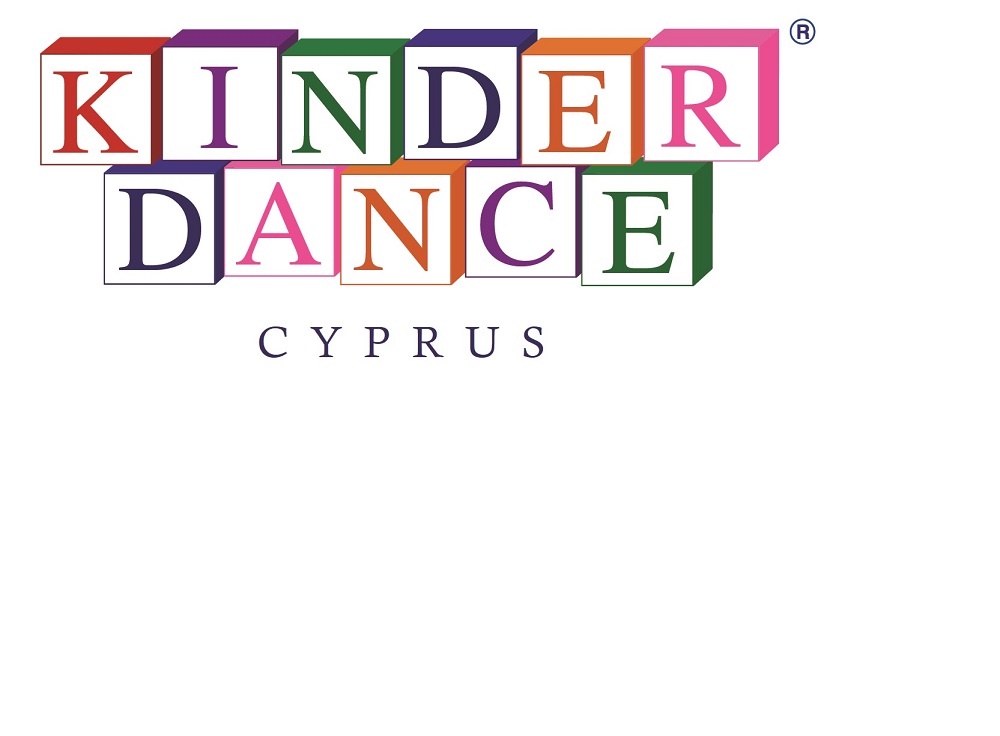77776550
Science of Kinderdance
Kinderdance® teaches to the whole child.
Teaching to the whole child involves the development of their mental, emotional, social and physical realms. Child development can be divided into four categories:
Cognitive development, physical development, social and emotional development, and communication skills. These areas do overlap as development in one area is reinforced and enhanced by growth in others. The Kinderdance® programs serve and enhance all four areas of child development.
- Cognitive Development
Early movement experiences are beneficial to optimal brain development' (Gabbard, 1998, p.1) . We now know with the most recent brain research, that early movement experiences are considered essential to the neural stimulation needed for healthy brain development. The primary contribution of the Kinderdance@ programs is in the cognitive development domain. This domain includes two-areas: perceptual-motor development and academics. The focus of perceptual-motor development is on the development of children's capacity to make sensory and motor decisions and to use feedback to modify and/or eliminate errors from their behavior and from these decision making processes (Williams, 1983, p9). The stimulation received from movement activity combined with decision making exercises leaves children with a ready mind to absorb information and learn something new. Words, numbers, colors, shapes and songs are integrated throughout the lesson plan for an optimal learning experience.
- Physical Development
The Surgeon General's Report on Physical Activity and Health Benefits recommends "all people over the age of two years should accumulate at least 30 minutes of endurance-type physical activity, of at least moderate intensity, on most preferably all days of the week." According to Gabbard (1998) the 'window of opportunity' for acquiring basic motor movements is from prenatal to 5. Physical development exercises must be age appropriate and designed to meet the developmental needs of the preschooler. Physical or psychomotor development includes movement and physical abilities. By incorporating movement activities into the early childhood curriculum, you help lay the foundation for an active childhood that will help lead them to an active adulthood. All of the skills learned in Kinderdance@ programs
have a carry-over value which will enhance the lives of children as they participate in other activities for years to come.
- Social and Emotional Development
Social and emotional development includes a child's self-awareness, self-concept, self-regulation and his ability to act, interact and react effectively with other people. Pre-schoolers involved in a planned dance and motor development program have many opportunities to share, lead, interact, and respond to others' needs as well as their own. Kinderdance@ programs place special emphasis on self-confidence and building a positive self-esteem. Pre-schoolers learn not only to appreciate themselves, but to also see the differences and appreciate others. Although the program is very structured, the curriculum lends itself to a great deal of individualization, creativity and autonomy. Active participation in peer activities serves as a reinforcement for the acquisition of basic learning concepts. Peer activities help a child gain personal control and can lengthen attention span. 'Having succeeded in doing something valued by himself as well as others, the child soon may begin to develop a better opinion of himself. An enhanced level of self-esteem may not only heighten motivation to learn additional motor skills but may in fact have a carry-over value for improving one's attitude toward learning in general. (Moran and Kalakian,1977,p.69)'
- Communication Skills
At two years of age children begin to rapidly develop their ability to both speak and understand language. Throughout the Kinderdance@ program, words are introduced through the three major learning styles: kinesthetic (dance and movement relation), visual (pictures and flashcards) and auditory (songs and rhythm). Most preschoolers move through the world as kinesthetic learners - moving and touching everything as they lean. Students quickly build a vocabulary when presented with the opportunity to learn words through dance and movement. As they move into their primary schools, children tend to lean towards visual and auditory learning often with a combination of all three. By introducing all three modalities of learning, Kinderdance@ enhances the pre-school learning experience, equipping students with strong academic readiness skills and new pathways of learning. Kinderdance@ uses dance as a vehicle for learning. Children love to dance. With Kinderdance@ children love to learn.

